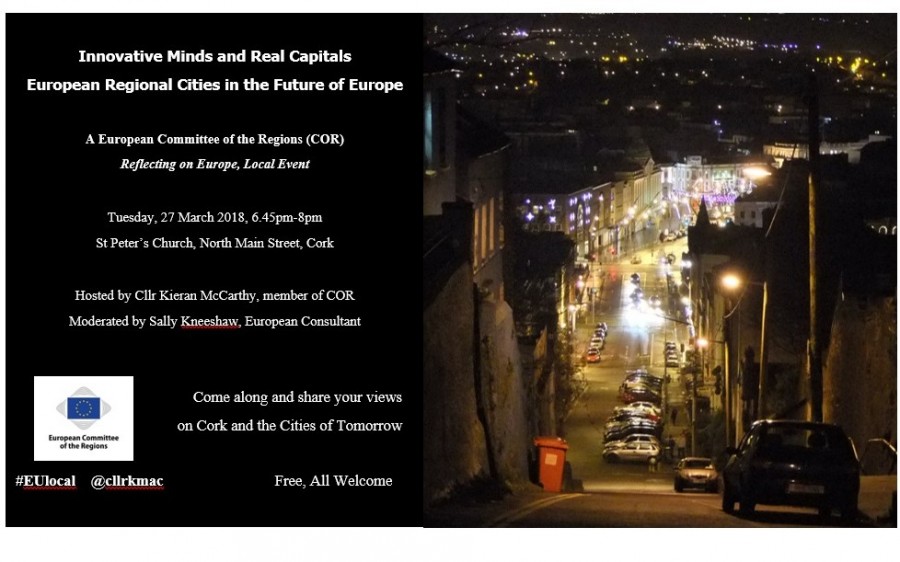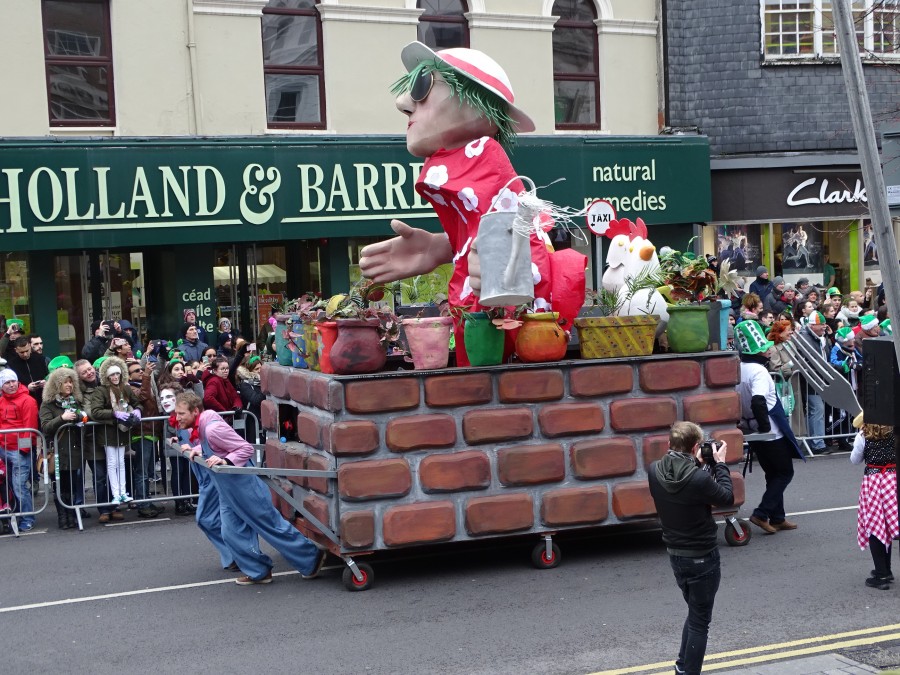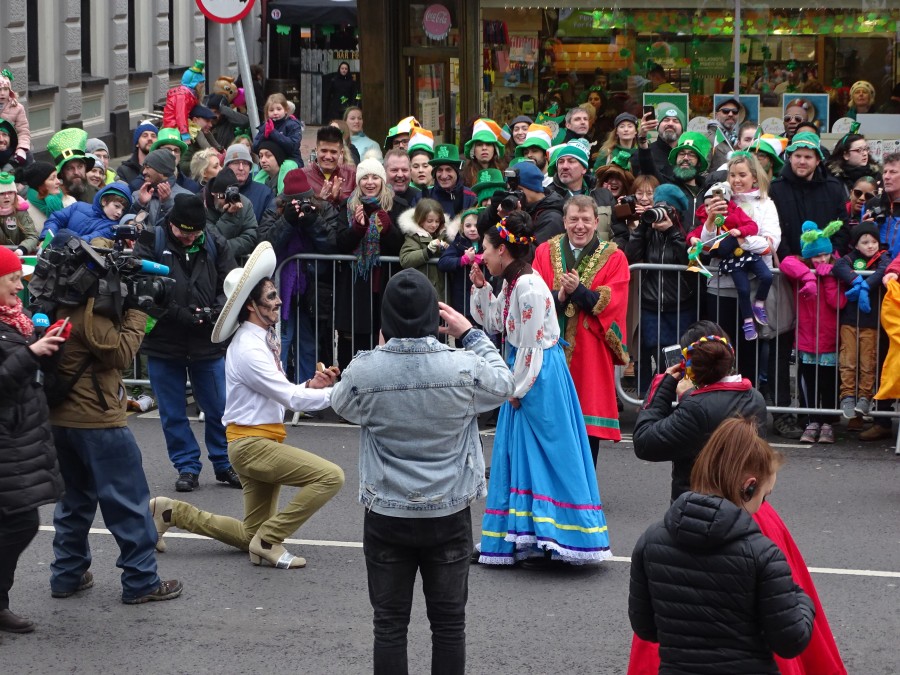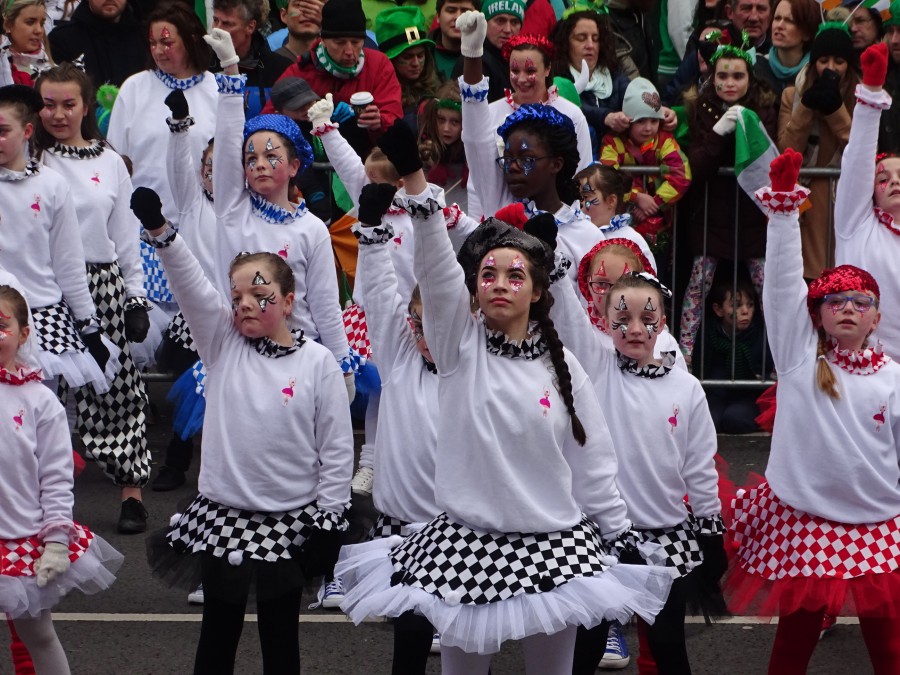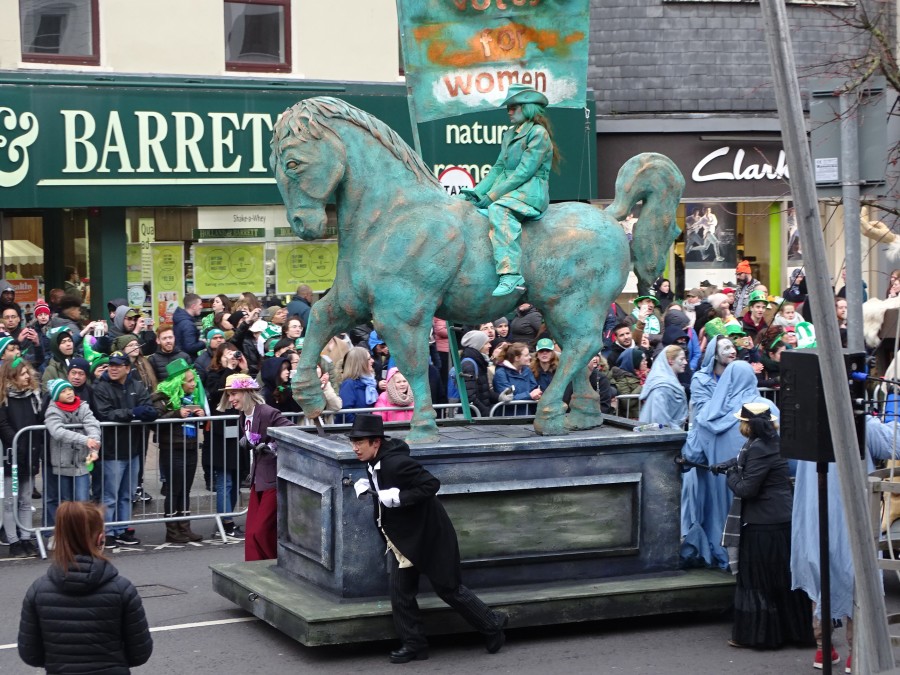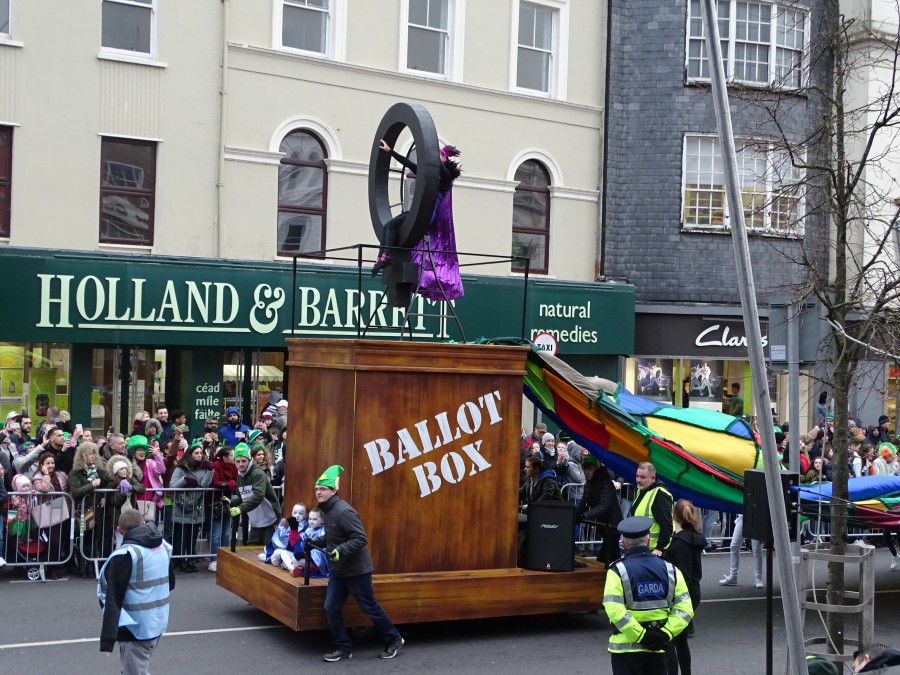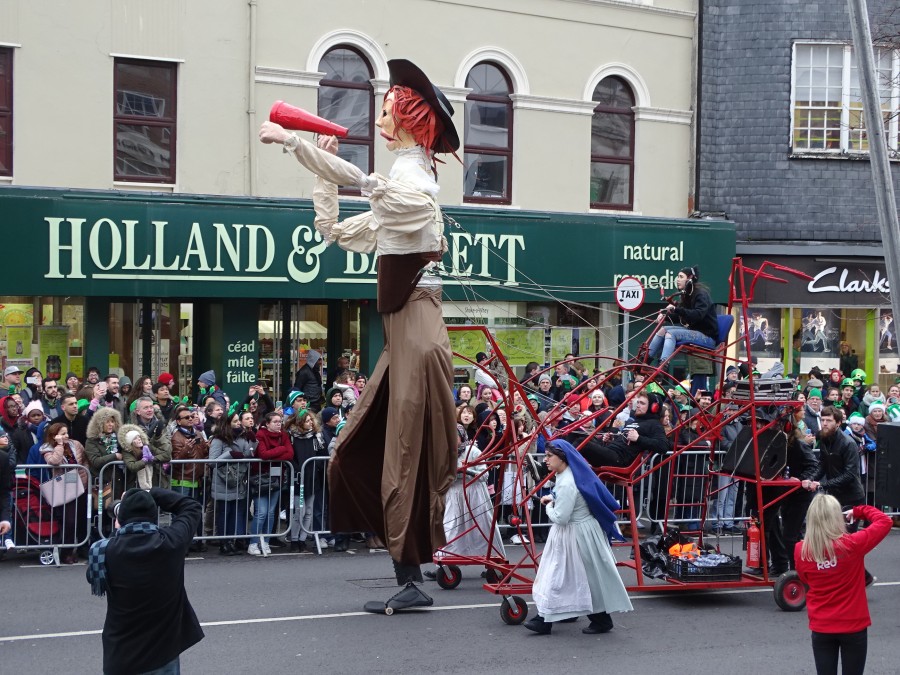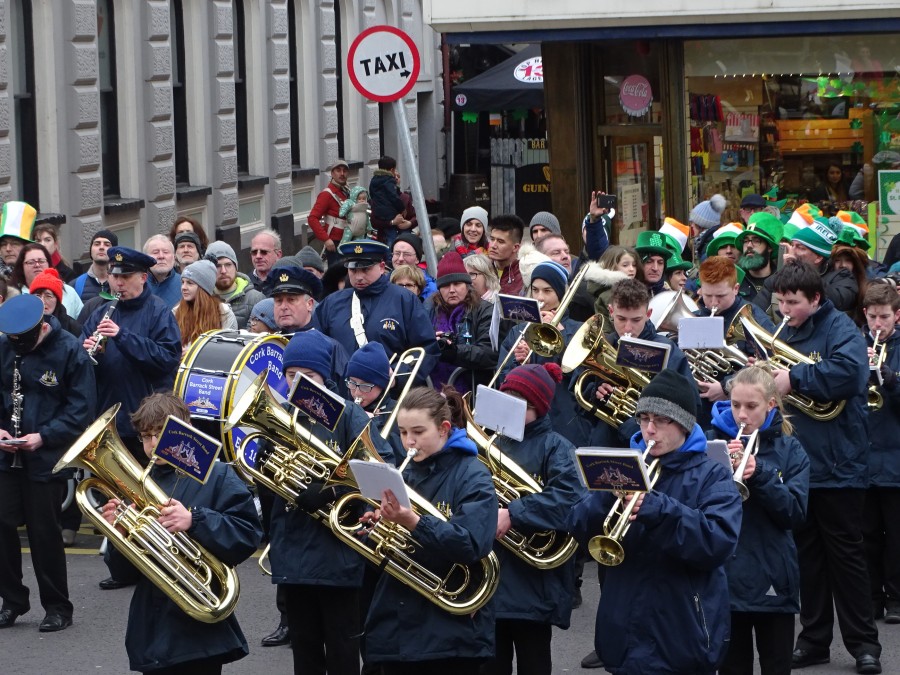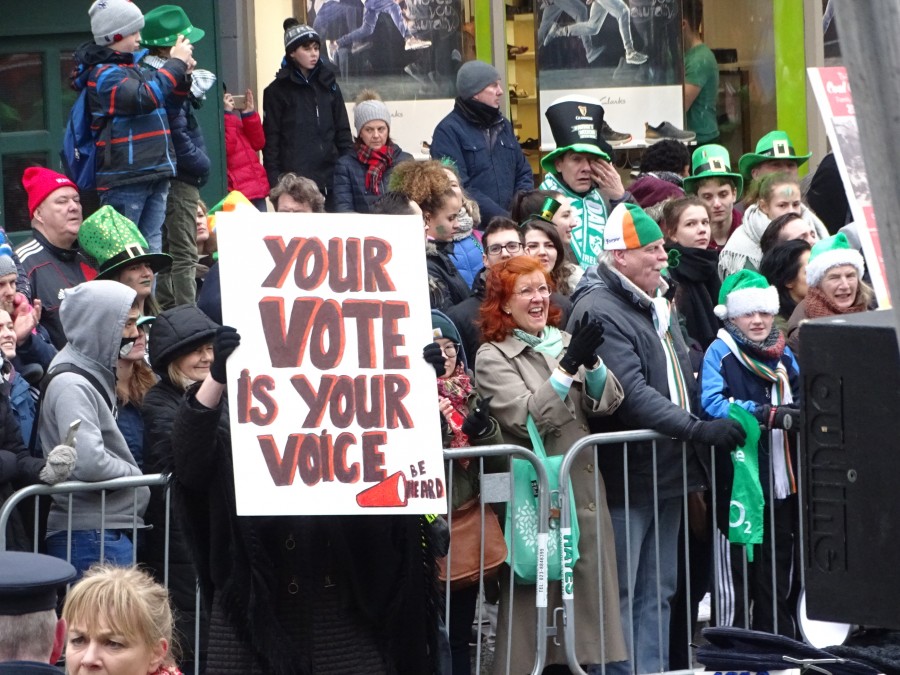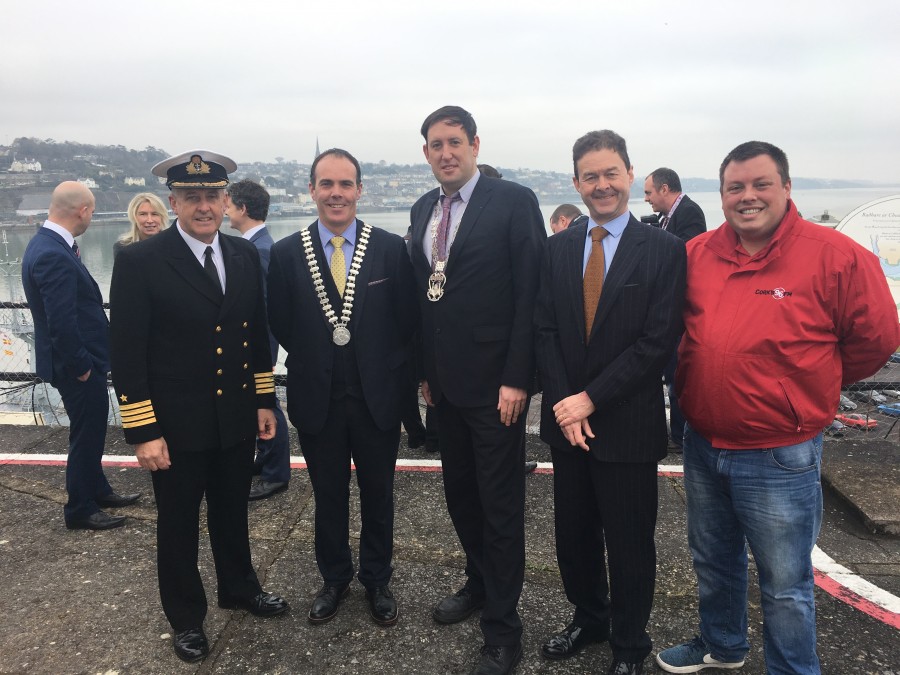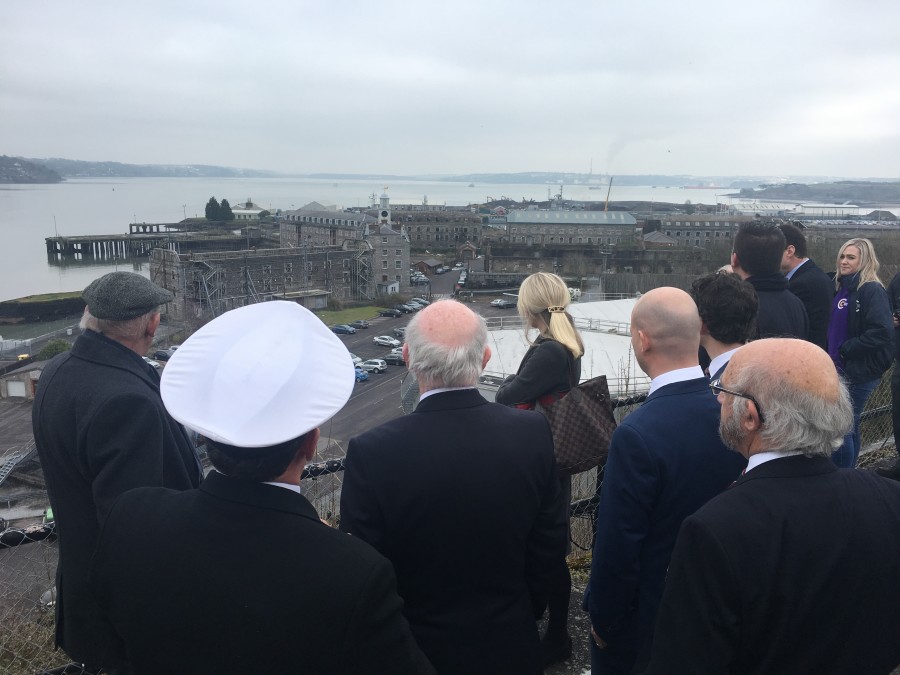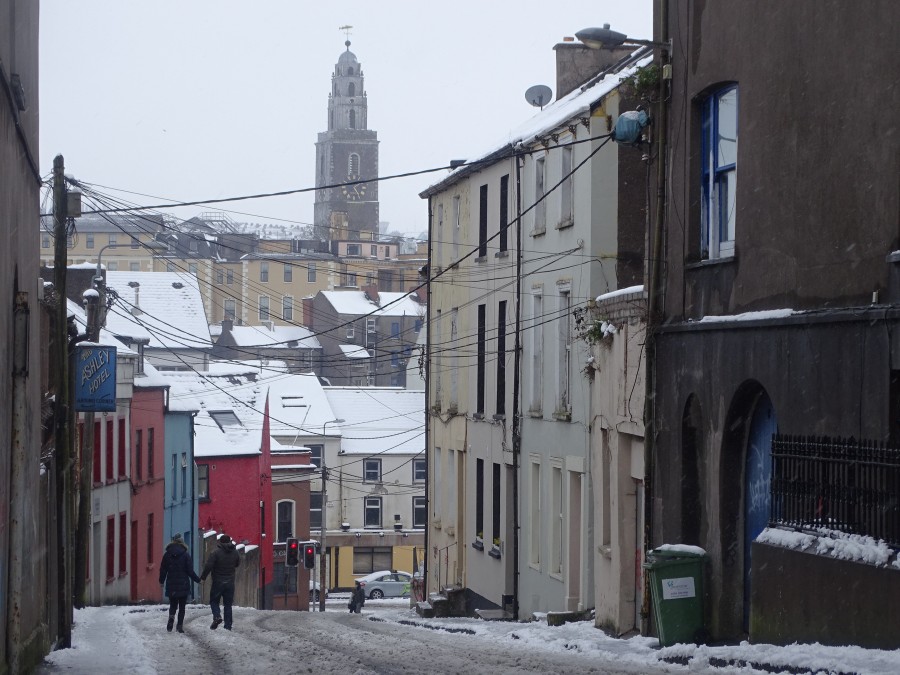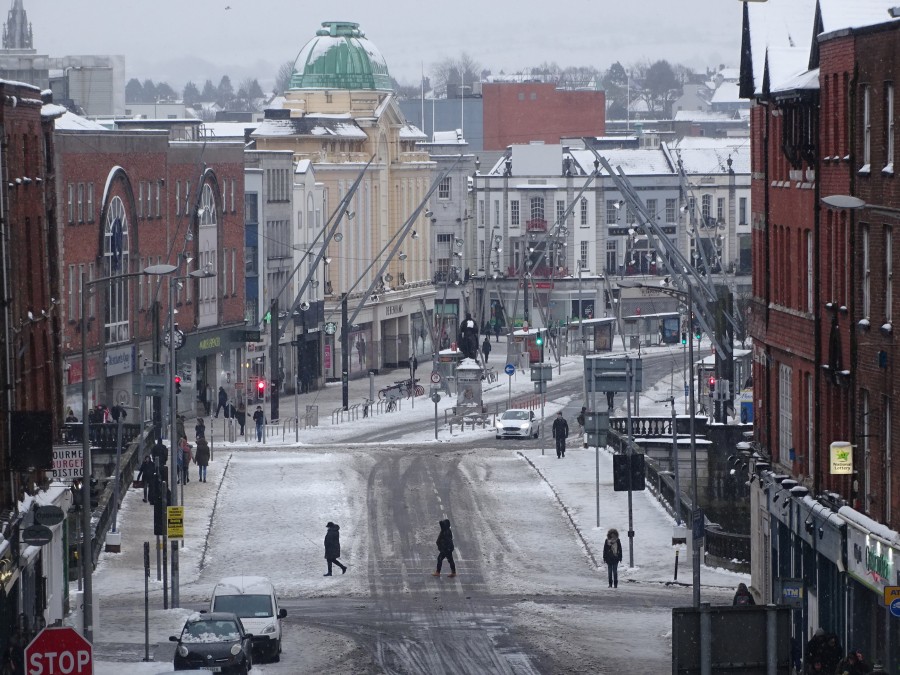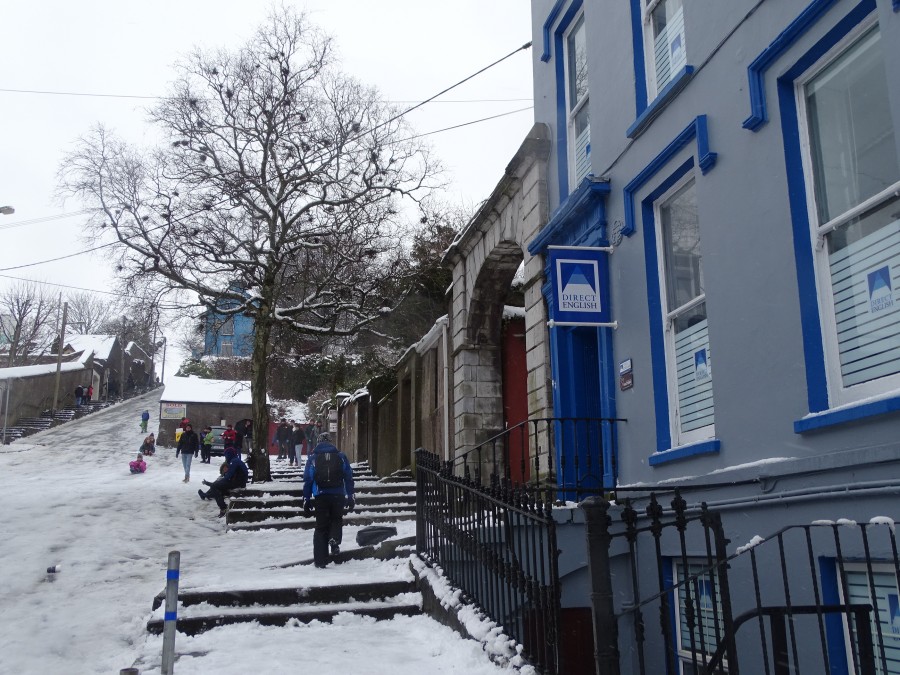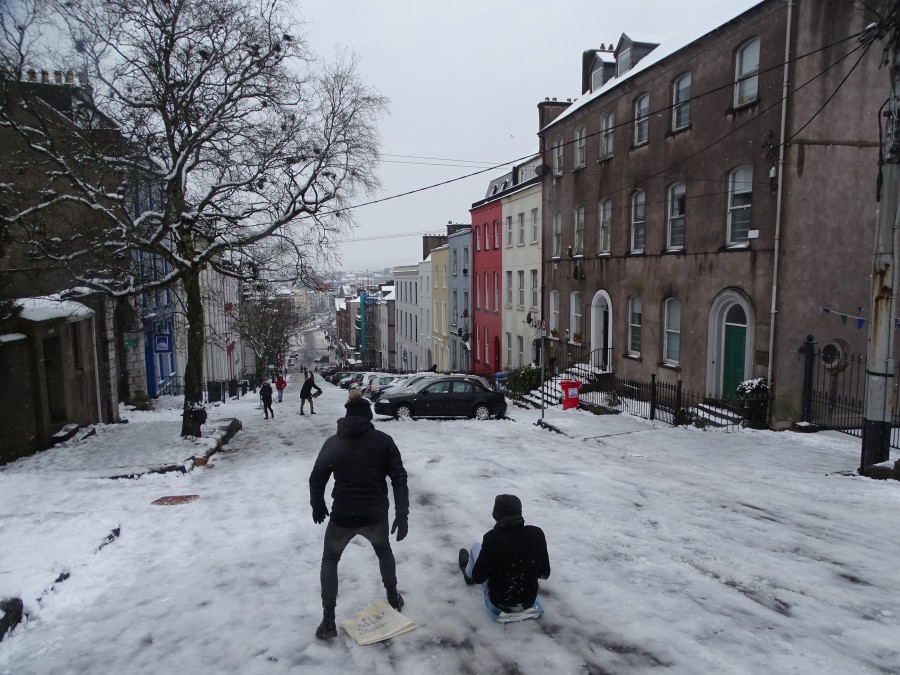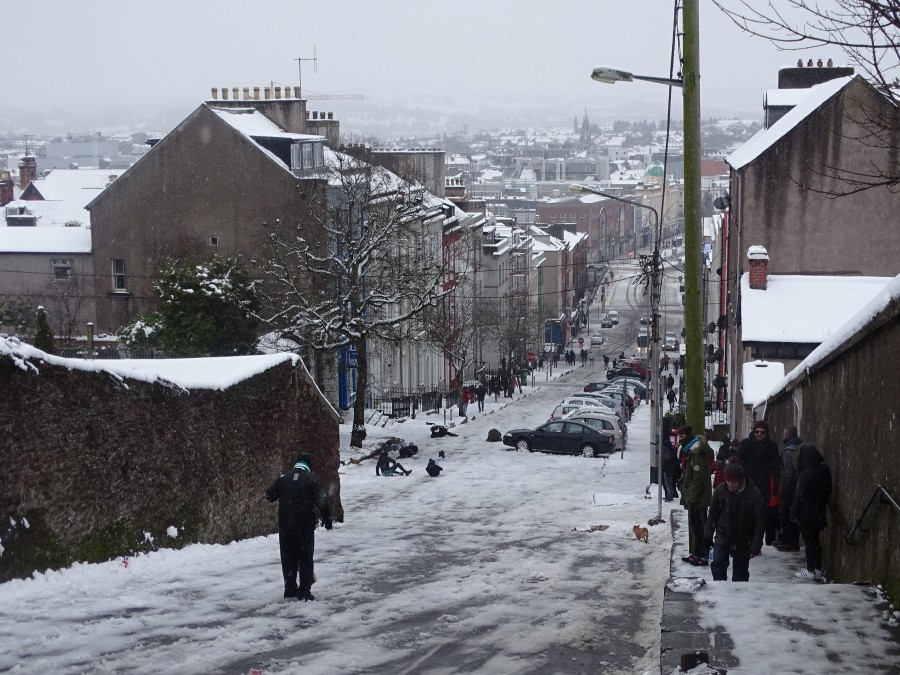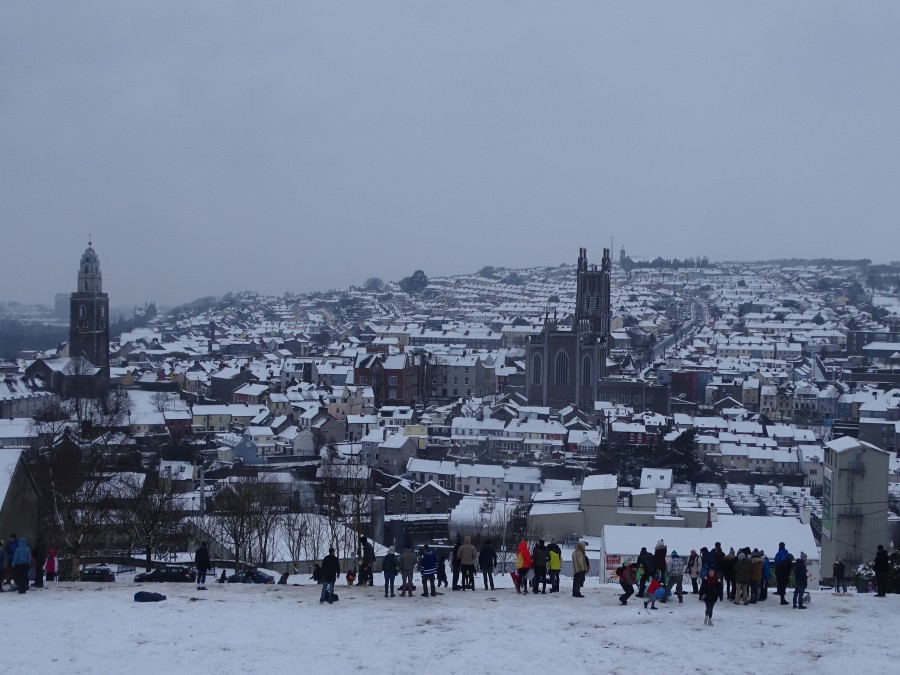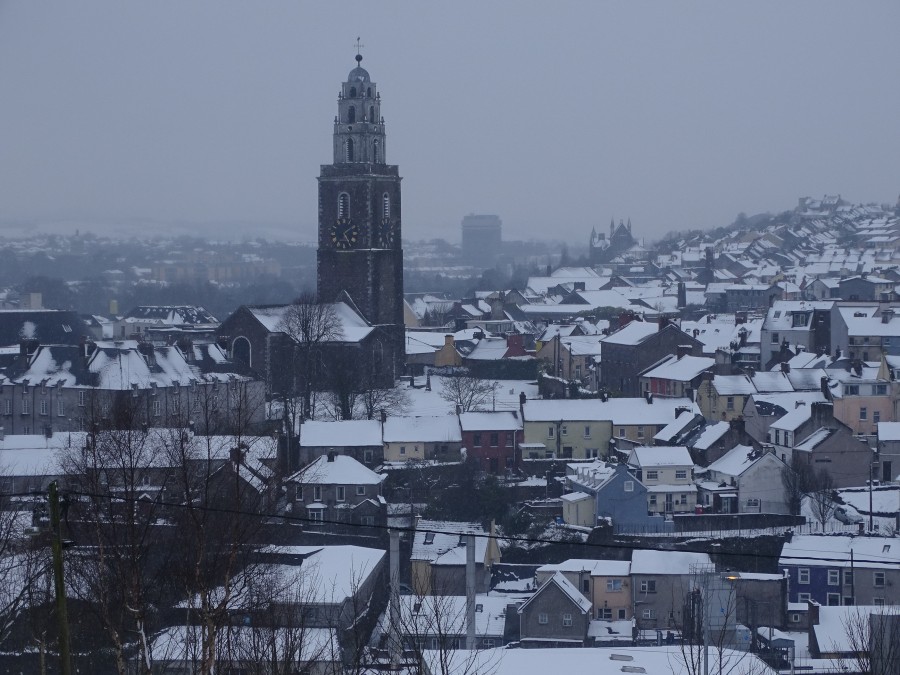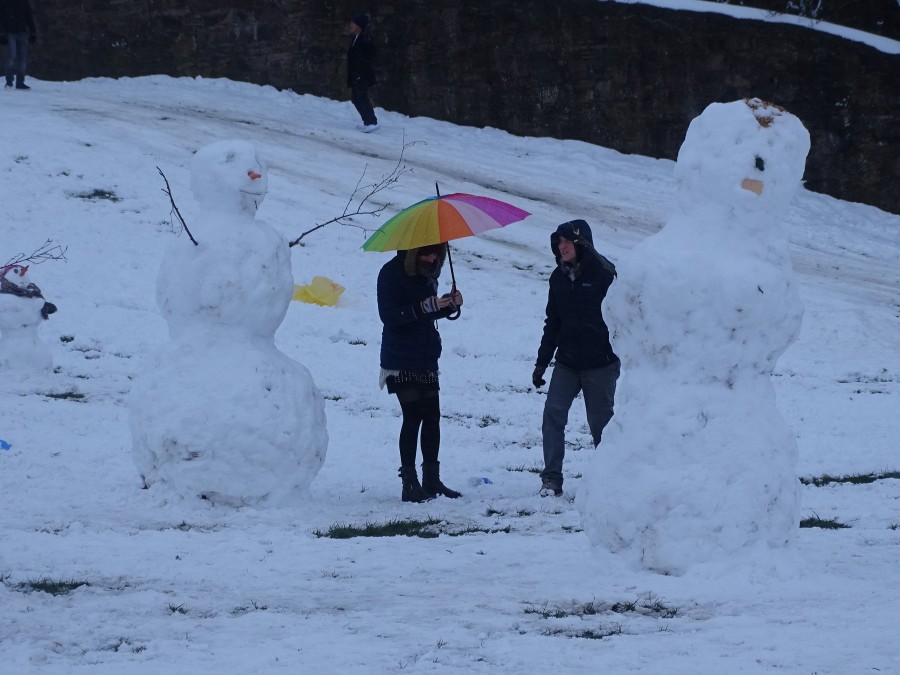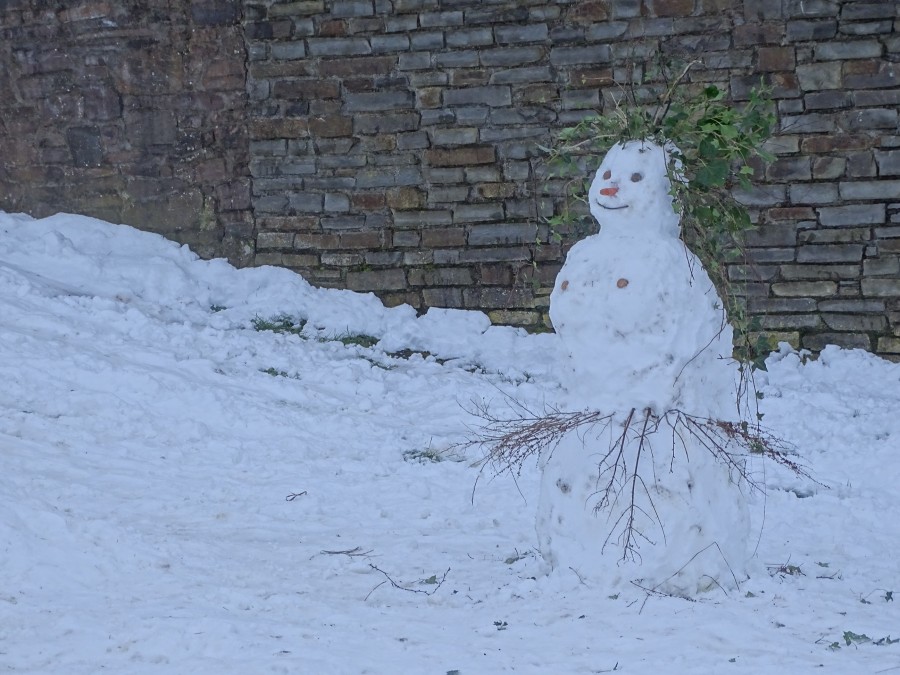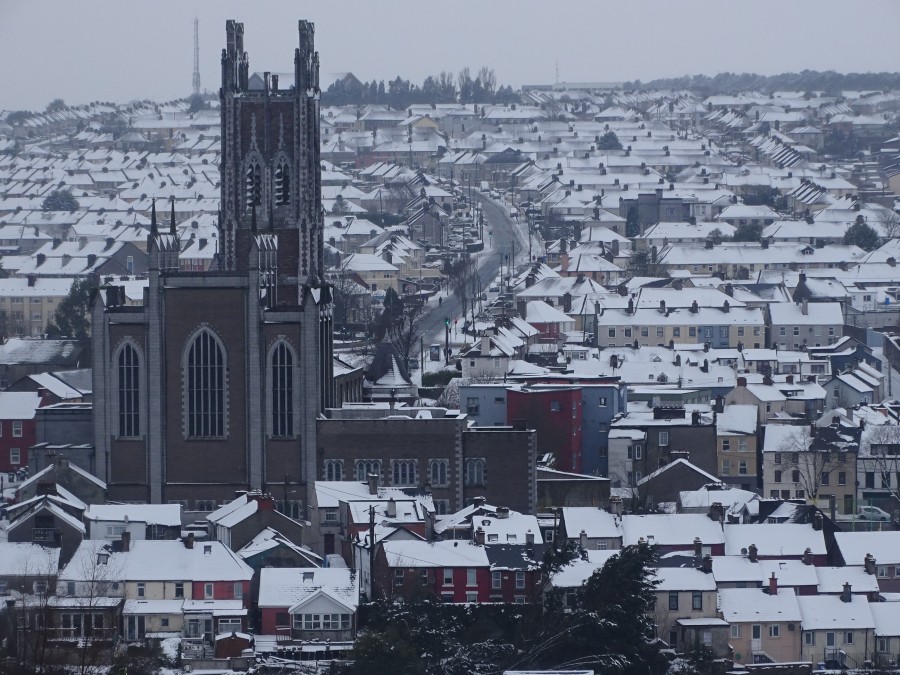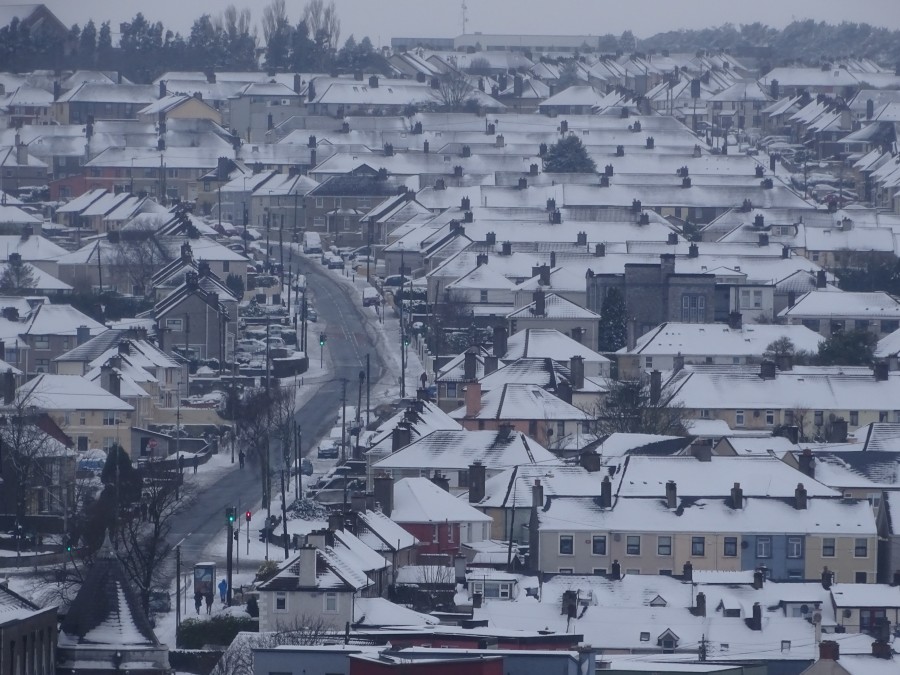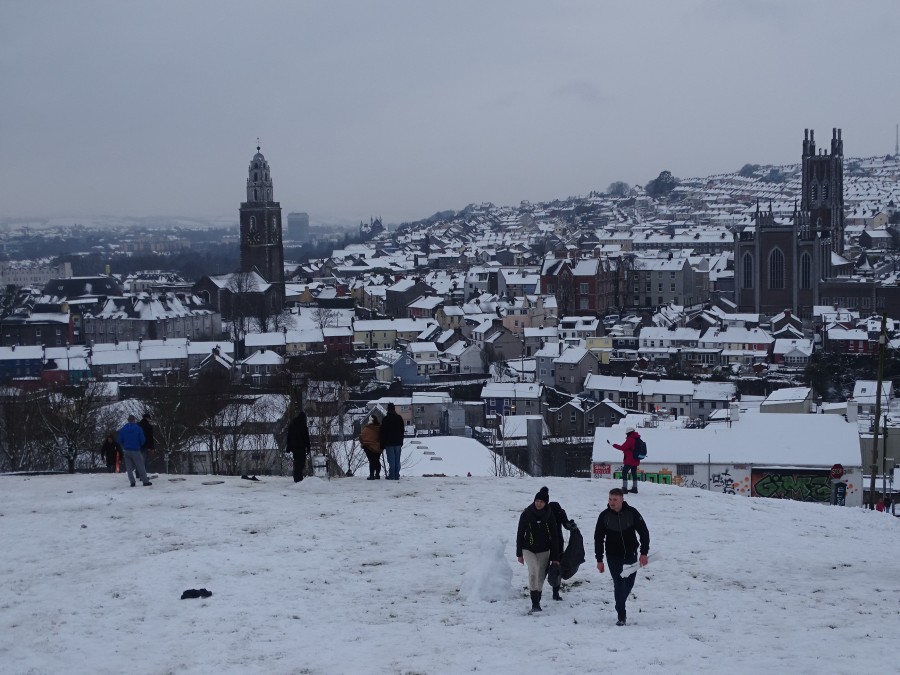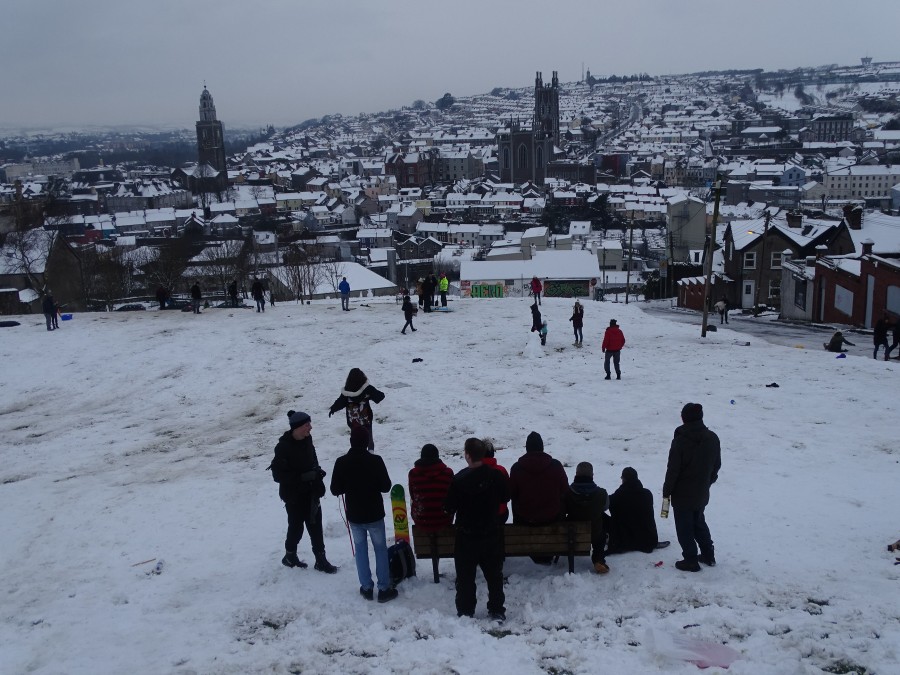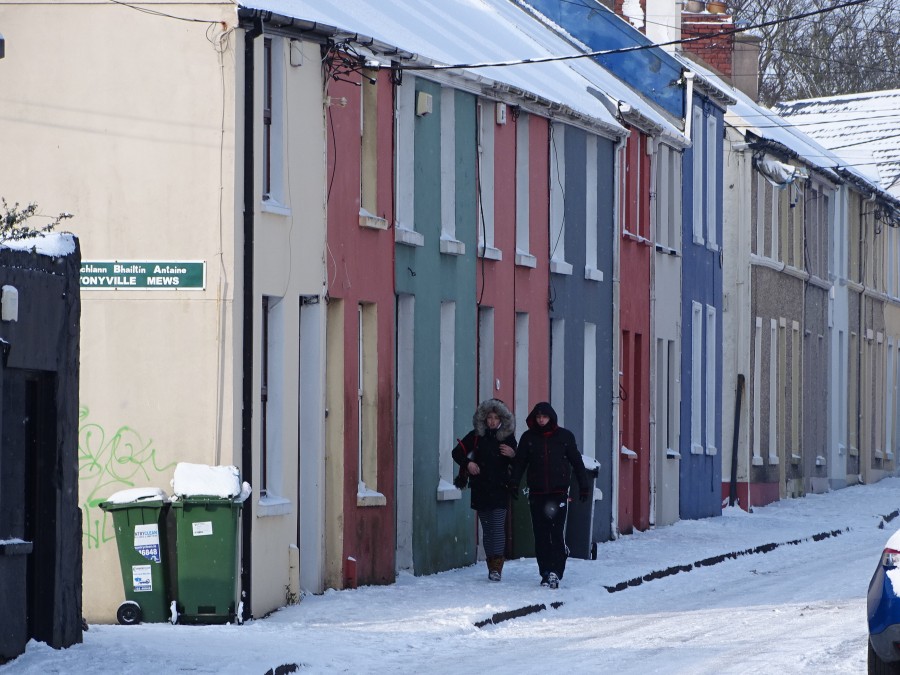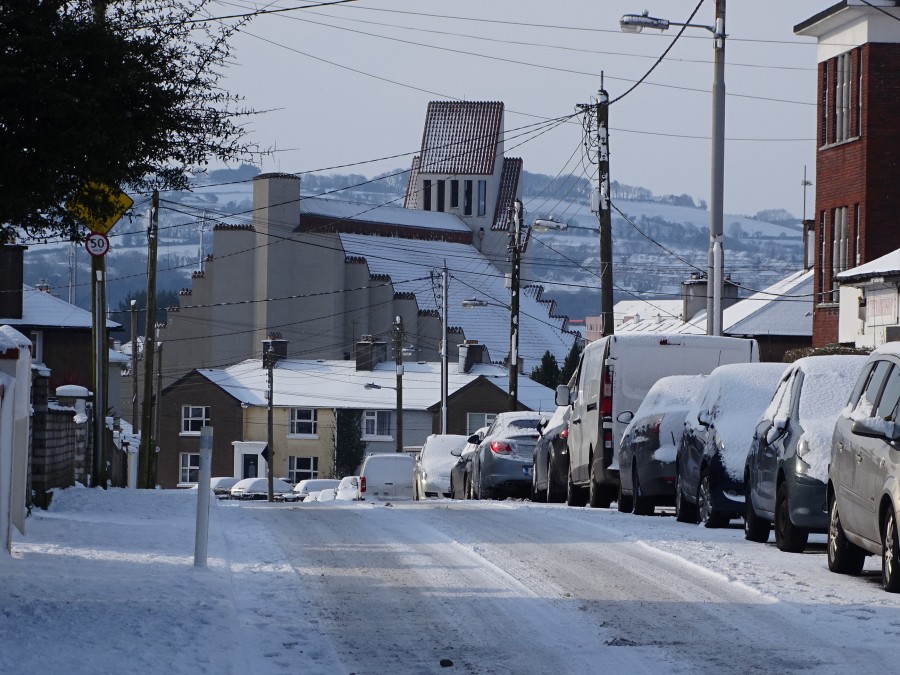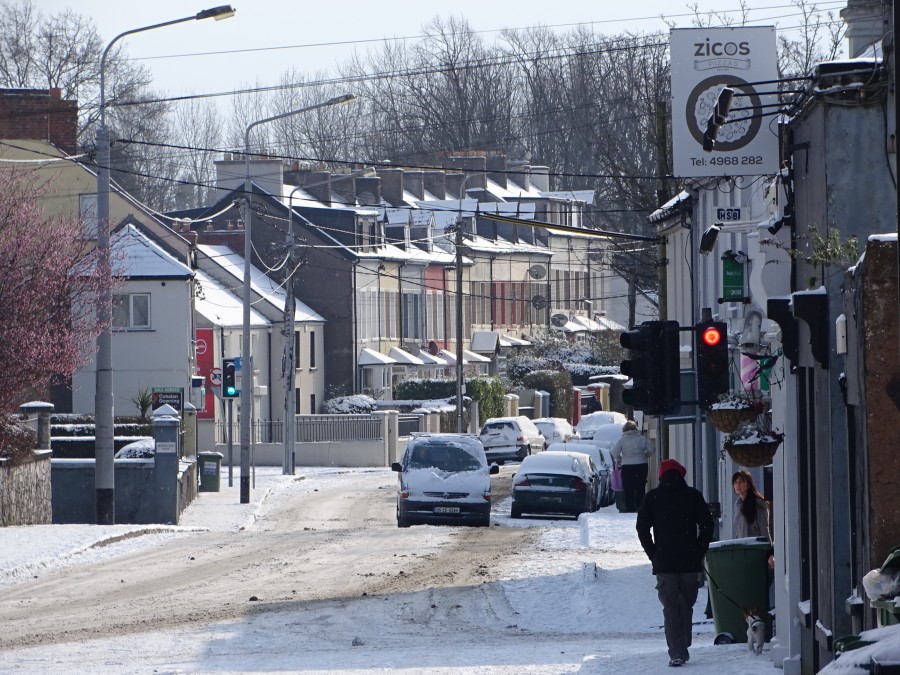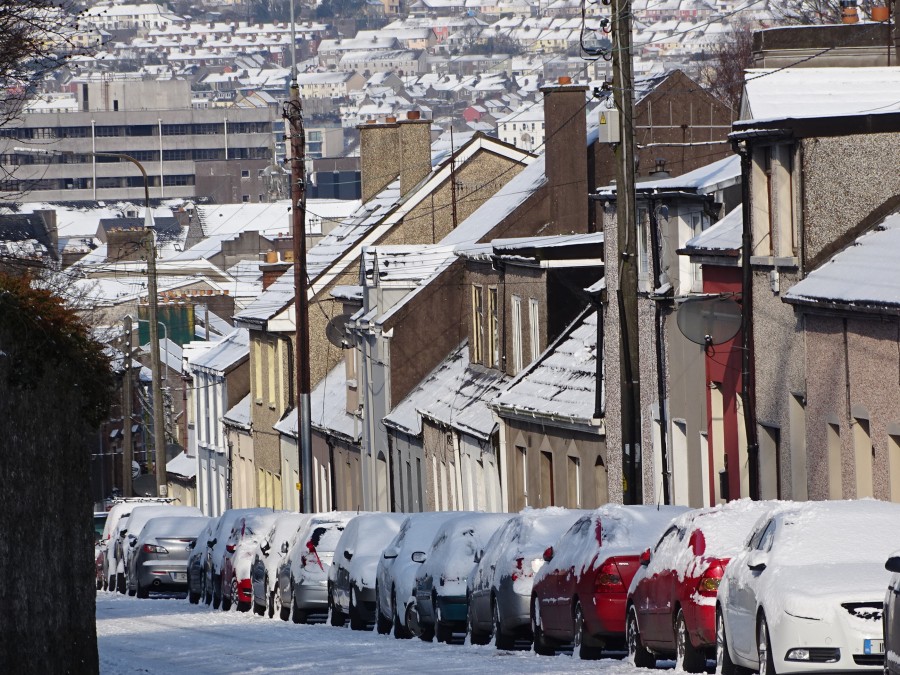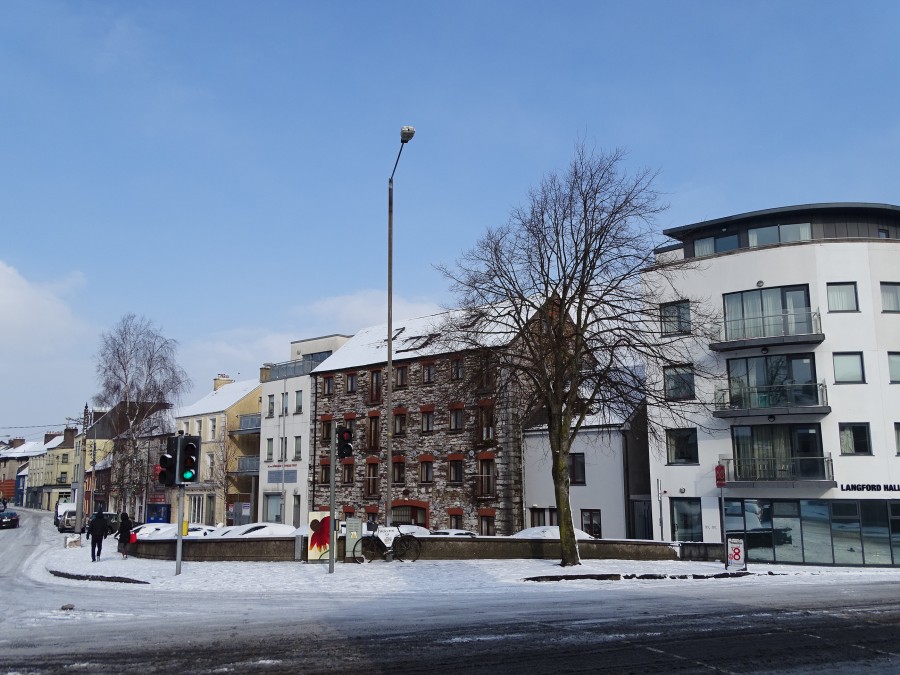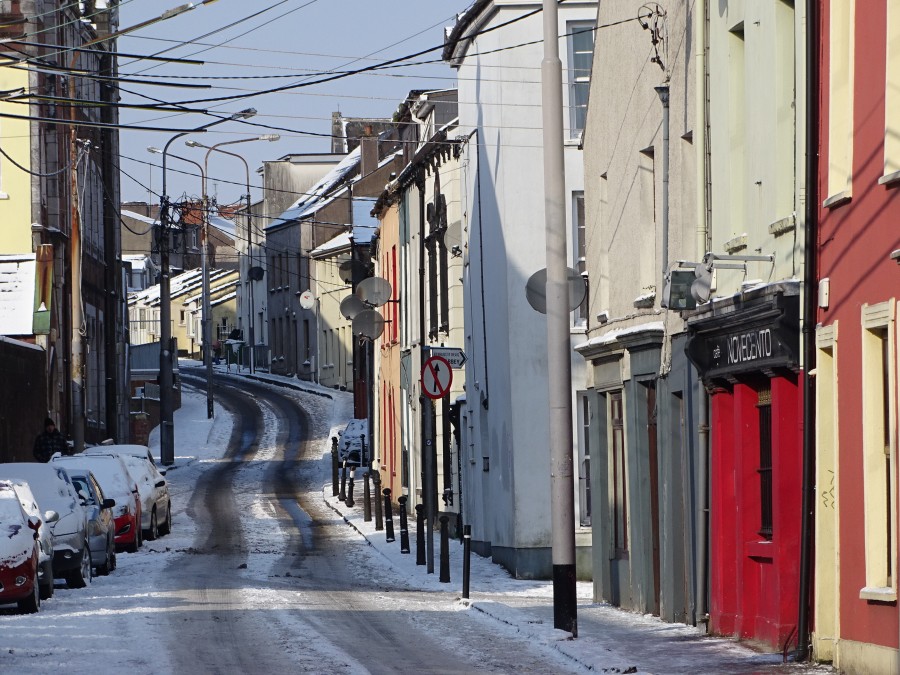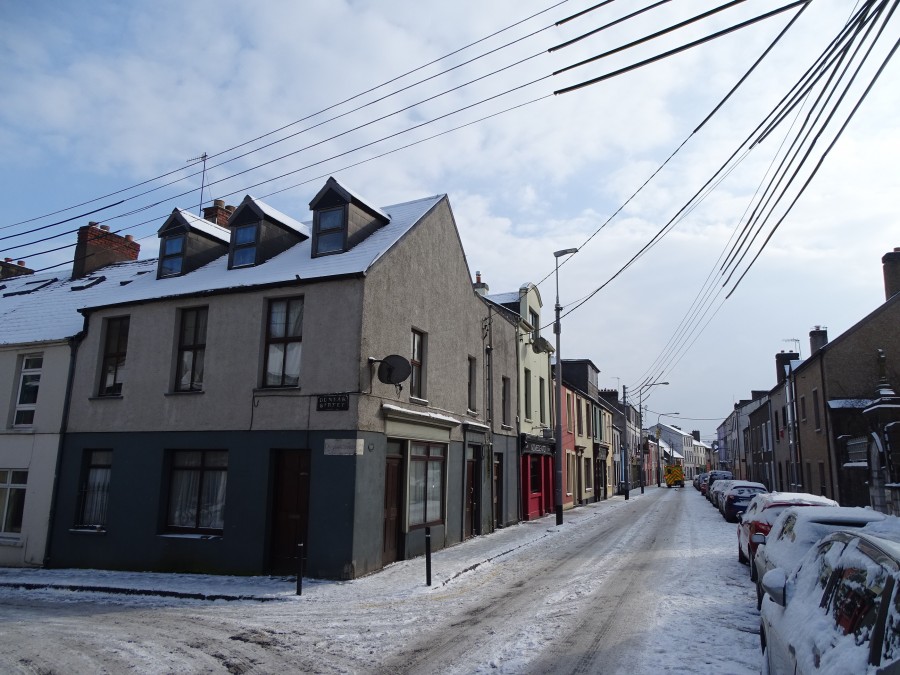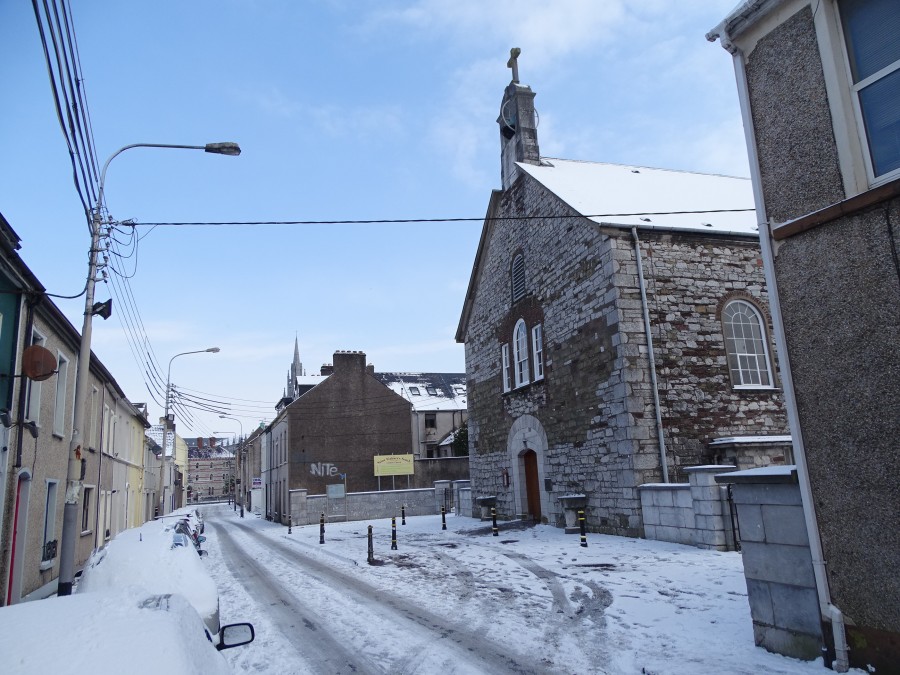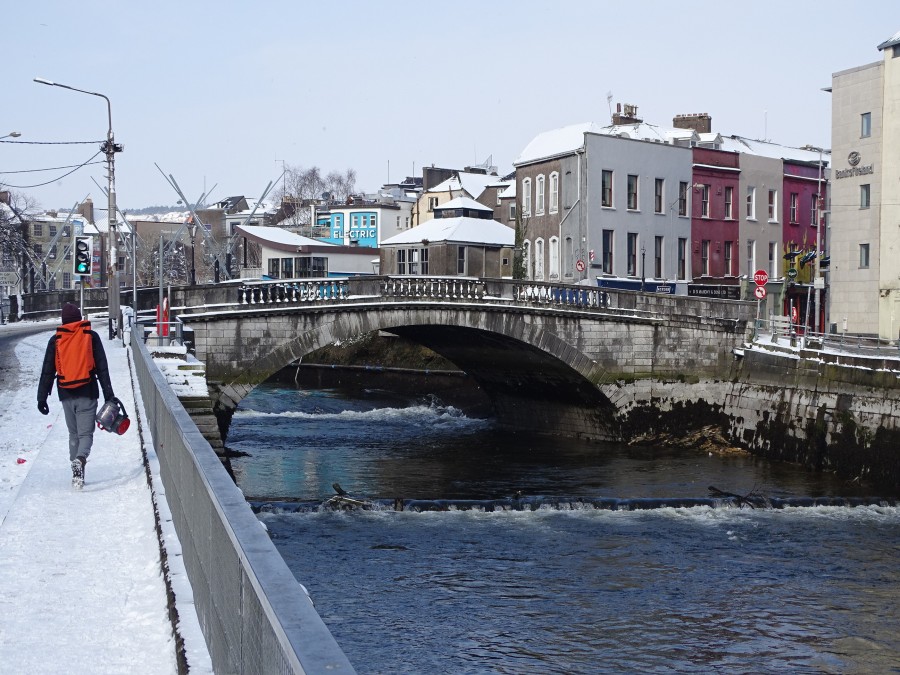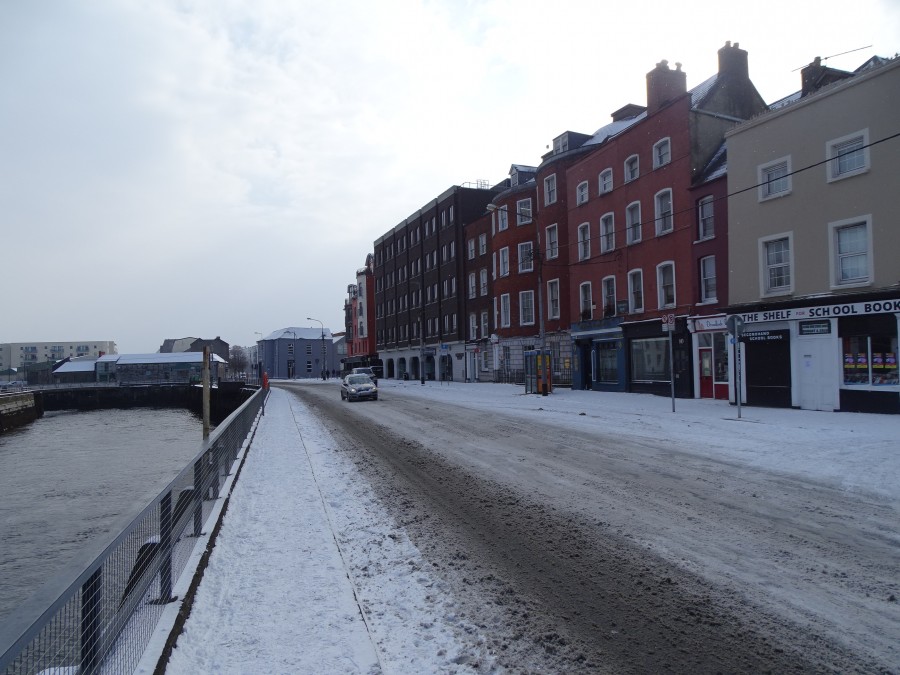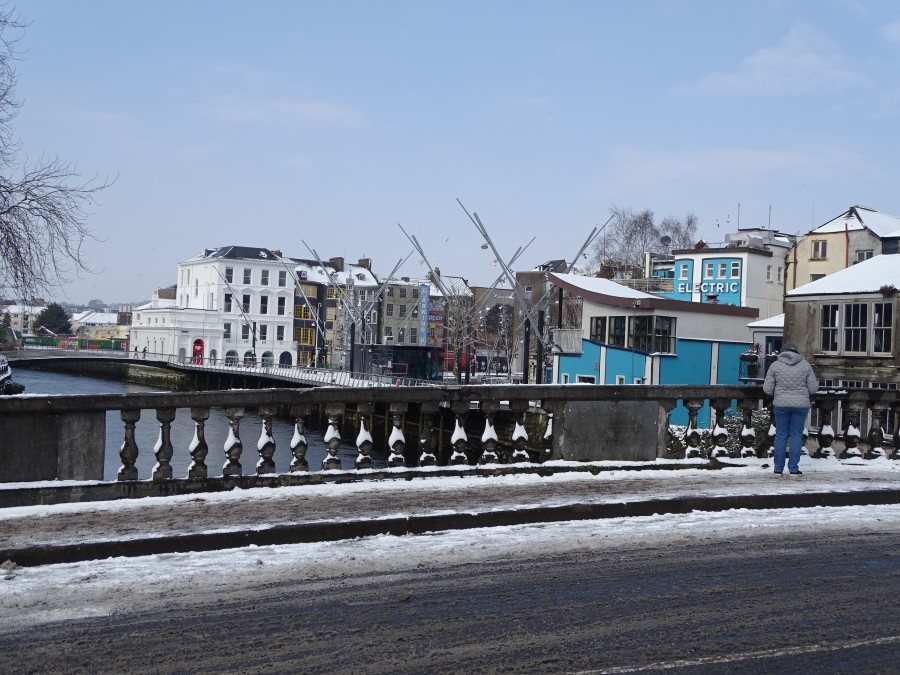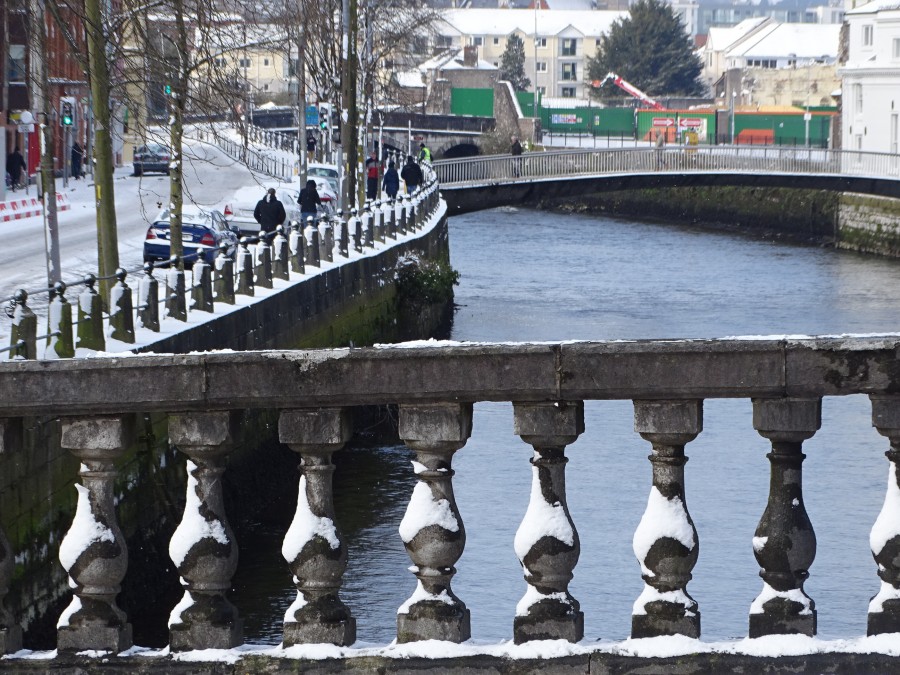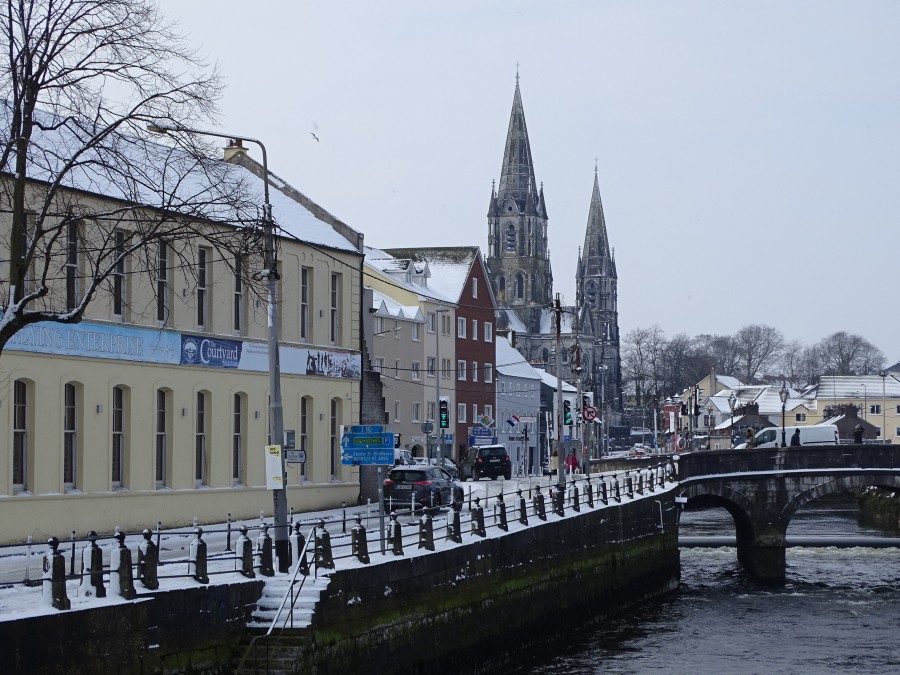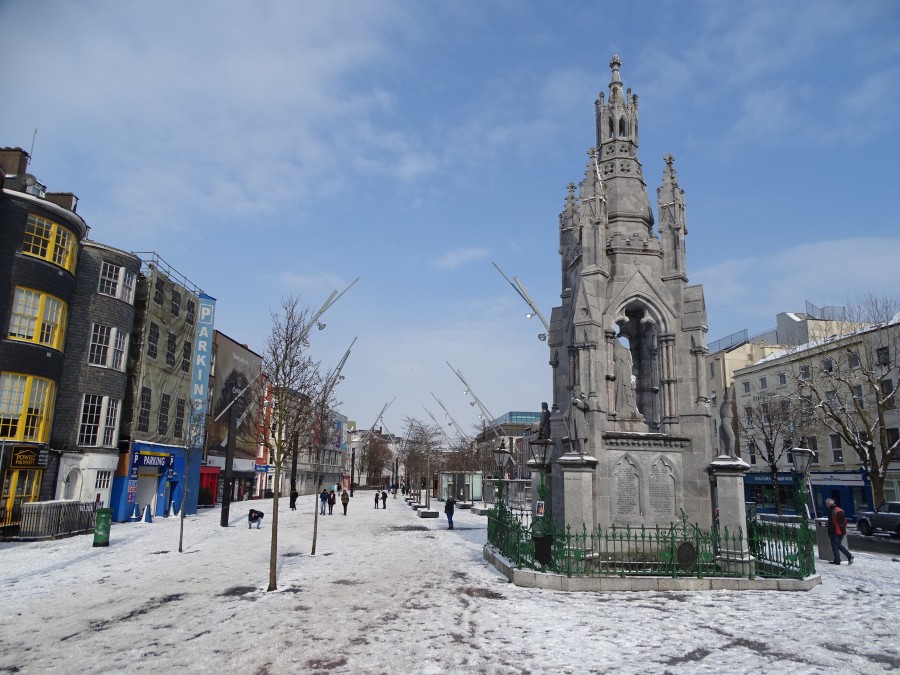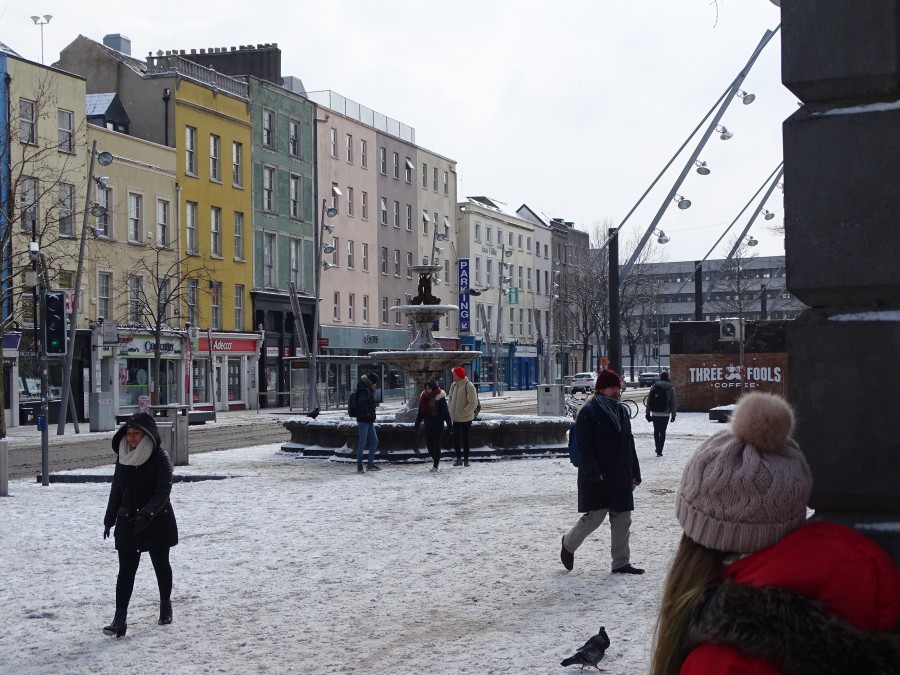Category Archives: Cork City Events
McCarthy’s Community Talent Competition 2018
Cork’s young people are invited to participate in the tenth year of Cllr Kieran McCarthy’s Community Talent Competition. The auditions will take place on Sunday 22 April 2018 between 10am-4pm in the Lifetime Lab at the Old Cork Waterworks Lee Road, Cork City. There are no entry fees and all talents are valid for consideration. The final will be held on Sunday 6 May. There are two categories, one for primary school children and one for secondary school students. Individuals or groups can enter. Winners will be awarded a perpetual trophy and prize money of €150 (two by €150). The project is being organised and funded by Cllr Kieran McCarthy in association with Red Sandstone Varied Productions (RSVP).
Cllr McCarthy noted: “The talent competition is a community initiative. It encourages all young people to develop their talents and creative skills, to push forward with their lives and to embrace their community positively”.
Continuing Cllr McCarthy highlighted the strengths of the project; “Over the ten years of the project, many auditionees have passed through our doors – singing, acting and performing; we have tried to give young people pointers in developing their talents further; social inclusion is important to me; many are just taking the first step and many have carried on developing and enjoying their talent through local stage and performance schools; My team and I are very proud as well that several of our auditionees are now professional musicians, singers and even magicians with young careers burgeoning”. Further enquiries/ details on the Community Talent Competition can be acquired from the talent show producer (RSVP), Yvonne Coughlan at rsvpireland@gmail.com.
Kieran’s EU Local Event, Tuesday, 27 March 2018
St Patrick’s Day Parade, Cork, 17 March 2018
Cork Lifelong Learning Festival 2018
The eagerly awaited 15th Cork Lifelong Learning Festival will take place from Monday 19 – Sunday 25 of March 2018. The annual festival has grown year on year since 2004 and lives by its motto of ‘Investigate, Participate, Celebrate’, with the public encouraged to do just that by trying out new experiences, participating in events and enjoying demonstrations of skills both new and old.
A week of hundreds of free events are aimed at all ages, from the very young to the young at heart, and all Lifelong Learning Festival events are open to all. The exciting programme includes performances, poetry, workshops, walks, displays and demonstrations, and really does have something for everyone. The only limit is your appetite to try something new. Some events can be in high demand so check the programme to see if you need to book.
Events, which aim to be accessible to all, take place right across Cork city, and into the county, in a variety of venues indoors and out, including shopping centres, libraries, museums, community and resource centres, parks, colleges, private businesses and on the streets.
Newly appointed Festival Organiser Siubhán Mc Carthy says: “Cork loves learning and to prove it we have a packed programme of free, accessible events open to all, regardless of your learning abilities or ambitions; I guarantee you’ll find something during festival week that you want to know more about. Learning is not just about gaining qualifications, it’s also about making life more fulfilling and enjoyable and I passionately believe in the power of knowledge to change lives for the better”.
This year’s festival includes four free seminars covering subjects as diverse as social inclusion to entrepreneurship and six ‘Learning Factory’ events across the week, in conjunction with CIT, which give an insider’s look at some of Cork’s most innovative businesses – including a guided tour of Inniscarra Dam. All events are hosted by volunteers be they individuals, community organisations, private businesses, schools or colleges.
The festival is a key part of the City’s strategy of making Cork a Learning City. Its success was recognised by UNESCO when Cork was one of the first 12 cities in the world to receive a Learning City Award in 2015 and Cork recently hosted UNESCO’s 3rd International Conference of Learning Cities in September 2017.
The free printed festival programme is out now and available in libraries, City Hall, the Tourist Office on Grand Parade, or from host venues
See the programme online at www.corklearningcity/lifelonglearningfestival
Kieran McCarthy, Historical Walking Tour, 24 March 2018
Saturday, 24 March 2018, The Friar’s Walk, with Cllr Kieran McCarthy; discover Red Abbey, Elizabeth Fort, Callanan’s Tower and Greenmount area; meet at Red Abbey tower, of Douglas Street, 12noon (free, duration: two hours) in association with Cork Lifelong Learning Festival 2018.
Deputy Lord Mayor, Cllr Kieran McCarthy, Launch of Volvo Week, 5 March 2018
Speech Notes, Deputising for the Lord Mayor,
Cllr Kieran McCarthy
The Edge of Memory
The Acupuncture of Landscape:
On behalf of the Lord Mayor, many thanks for the invitation to come and chat to you this afternoon for the launch of Volvo Week.
In the last few days our localities looked different – the familiar became the foreign – for many of us our homes, our neighbourhoods, our locales, our city, our town, our region felt different. It’s as if someone flipped a switch and turned the focus on our view to a different one – we admired different contours, we could not drive, we walked differently, we were excited, we remembered past times, we worried about missed work deadlines – in a sense we were stranded physically and perhaps mentally in a different looking world. Our surrounding snow-laiden landscape carved and sped up the creation of new perceptions.
But on any given day the landscape has the power to stop, impress, make one question, create an openness, wonder, dream, remember, be disturbed, explore and not forget – a whole series of emotions – acupuncture pins of an emotional sorts, which evolve who we are, our place in our world, our sense of place, our story, our culture, our identity.
The Land of Cork Harbour:
If landscape has these emotional acupunctural powers, a landscape such as Cork Harbour, of which we are just in one of its most historic quadrants, is a rich haven to try to understand our sense of place, our story, our culture, our identity.
Being the setting for Volvo Week, the second largest natural harbour in the world brings a focus and energy with which Cork Harbour has always been open to. The ebb and flow of the tide through the ages has carved a unique landscape of cliffs, sand and gravel beaches exposing an underlining geology of limestone and sandstone. Invigorating this landscape are a multitude of archaeological monuments inscribing it from different ages.
Colourful villages provide different textures and cultural landscapes in a sort of cul-de-sac environment where roads end at harbours, at car parks near coastal cliff faces, and quaysides – where signs warn the visitor of the edge. The villages are scattered around the edges of the harbour, each with their own unique history, all connect and add in someway to the greatness of this harbour.
In many areas, one can get the feeling you are at the ‘edge of memory’. There are the ruins of old structures, which the tide erodes away at. One can sense that a memory is about to physically and culturally get carried away by the sea and the fluidity of places-making shifts again. And that’s just the land part. Not everyone gets to view the harbour in a more holistic way from the water.
The Watery Landscape:
Through boating and sailing, we get to feel the harbour’s watery landscape – a more shift-shaping entity with a wide ranging juxtaposition of qualities – calm to rough, clear to foggy, playful light to darkness, dreamlike to fantasy – where stories almost stray between the ripples of the deep waters beyond – that if you stare long enough your mind creates its own scenes of place or re-imagines one’s life from days of yore.
The power of place and memory are ever present – the setting, the water, the past, the present, all colliding, at any one time knocking our sense of place.
And with all these emotional acupuncture pins- this box of ideas about place and memory, it is perhaps that today we return here to Haulbowline – to the first home of the Royal Cork Yacht Club (RCYC), which has successfully over near three hundred years played with the land and water element of the harbour, and defines joined up thinking on the holistic cultural use of the harbour.
The Historic Royal Cork Yacht Club:
The Royal Cork Yacht Club traces its origins back to 1720, a time when the City of Cork was taking down the limitations of being a walled town, and a time when iconic structures such as St Anne’s Shandon was being constructed in 1722 as well as aspects such as the Mardyke being laid out in 1719. Its story is richly laid out in Alicia’s St Ledger’s thick book of histories, illustrations and pictures. It began with the establishment, by six worthies of the time, of the Water Club of the Harbour of Cork, headquartered in the castle of Haulbowline Island – headed up by the 24-year-old William O’Brien, the 4th Earl of Inchiquin, and probably the first Admiral of the club. Membership was limited to 25 and strict protocol governed all the club’s activities, both afloat and ashore.
Racing proper did not begin until 1787 and, in the years prior to that, the club’s members contented themselves with sailing in a rather leisurely fashion around the harbour once a month from April to September on the spring tide.
Fast forward almost a hundred years from 1720 to circa 1813, a barracks to accommodate three officers and sixty men, two storehouses, a gun carriage yard, smithy and carpenters’ workshop and other installations were constructed.
Circa 1820, on the naval side of the island (i.e. the eastern side), a large victualling yard containing six large storehouses, living quarters for the supply staff and medical officers, houses for the Chief Surgeon, the coopers and other workshops were erected. The island was extended by 4.5 acres of reclaimed land in order to construct the flat wharfage area. The building contractor was Mrs Deane of Cork, who shortly afterwards was involved in building Cork City Gaol.
All followed by the creation of Rocky Island as an ammunition store and Spike Island as a convict prison.
Towards EU Maritime Day:
These stories and a multitude of others such as in Camden Fort Meagher, we are telling a lot more. Focus in the harbour in the last few years has been more and more on the power of the story of the harbour. That such a story is a jewel that we should try to understand and promote more. The RCYC is central to the story. Our harbour heritage sites capture a piece of life. And both Cork City Council and Cork County Council are parts of the pieces in helping that process. Cork City Council looks forward to hosting EU Maritime Day in 2020.
Volvo Week also creates new ways of seeing places, create ways of expressing ideas about the idea of place and create new ways of place making.
Perhaps for us the participant, the week presents a set of lenses or tools perhaps to decode, discover, recognise, reveal, synthesise, communicate, move forward and explore our cultural heritage, the environment, society and the very essence of identity-making.
Today’s Society also needs all of those traits and emotional acupunctural pins in abundance.
I wish everyone involved in this week well; I would like to thank Volvo and all the sponsors, the RCYC, the people of the harbour region well in hosting this enormous event.
I look forward to engaging with different aspects of the week and I look forward to the commemorative events of 2020.
Go raibh maith agaibh.
Snow on St Patrick’s Hill, 2 March 2018
Today’s uphill climb on Cork’s hill of hills in the snow – St Patrick’s Hill – here for a few hours there were snowball fights, snowmen making, sledding on bags and cardboard – set against the backdrop of Shandon, North Cathedral, steps, steeples, lanes, curving avenues, railings, inclines, red brick, sandstone ridges, and young and old, neighbours, friends, visitors, strangers – all enjoying themselves 🙂
The Photogenic City, Snow Walk from Douglas Road to City Centre, 1 March 2018
There is something about snow that always bring out more the colours and shapes of historic buildings and urban spaces in Cork 🙂 the pictures below are from a walk into the city centre from Douglas Road this morning through some of the South Parish and onto the Grand Parade. Stay safe and warm everyone during the incoming blizzard and storm.
Kieran’s Question to CE, Cork City Council Meeting, 26 February 2018
Question to CE:
To ask the CE for an update on the Marina Park development todate? (Cllr Kieran McCarthy)
Motions:
That the City Council review the safety of pedestrians in Ballintemple Village. Regular speeding is not helped by fact it is still 50kph through the village. It suffers from poor design with zero traffic calming features. Sweeping bends, irregular parking, limited crossings points, dangerous bus stops all feature. Crab Lane road to the local school is also devoid of footpaths making it very dangerous at school times (Cllr Kieran McCarthy)
